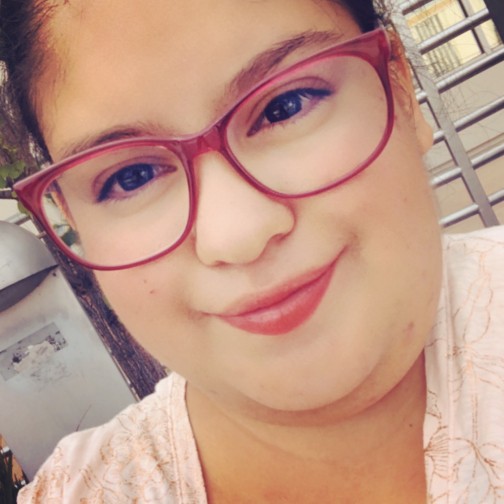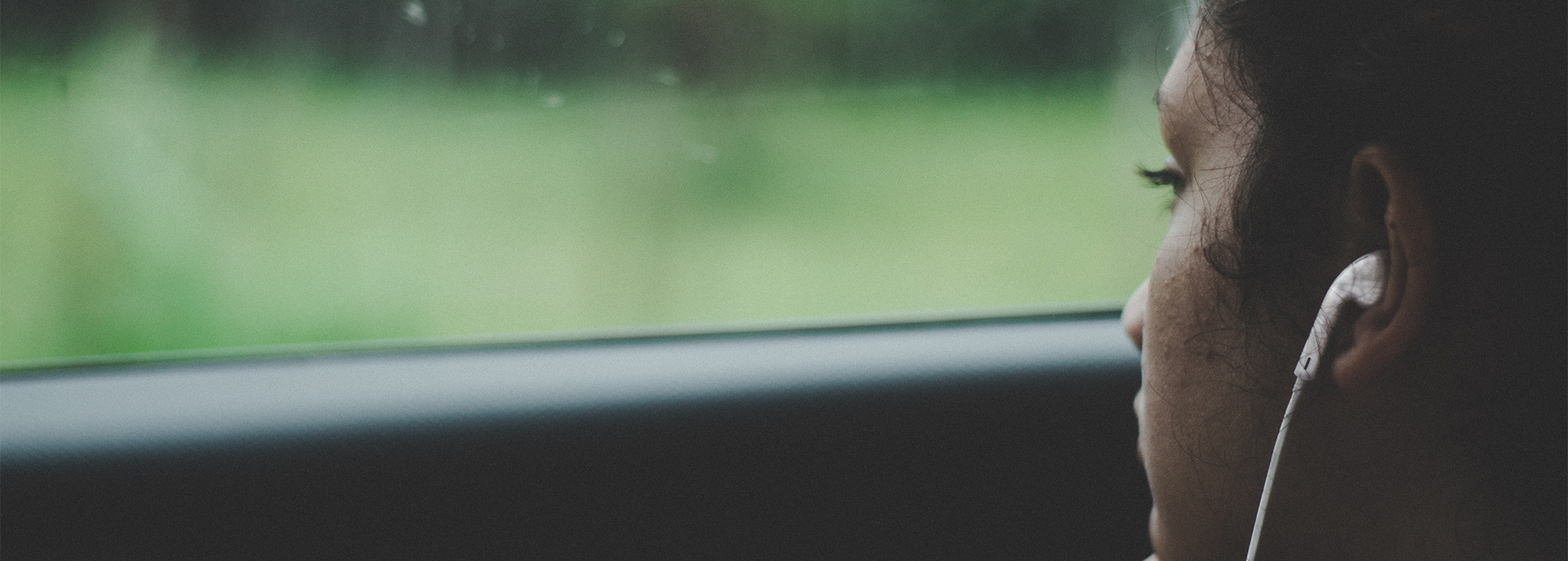I Had to Learn About Severe Hypoglycemia on My Own
My First Hypoglycemic Episode
I remember my first experience with hypoglycemia. It was a cold and rainy night in November. I remember feeling really dizzy and sweaty. I hardly ever sweat when I sleep and it certainly wasn’t the weather. I figured something else had to be wrong. So, I decided maybe I should check my blood sugar and good thing I did—my blood sugar was 1.9 mmol/L34 mg/dL. Though I started to freak out, I told myself everything would be fine. My mom was home, as well, but it was 2 am and I didn’t want to wake her up.
At the time, I didn’t know you were supposed to take four glucose tabs instead of one. So I took only one glucose tab. When I checked 15 minutes later my blood sugar only went up to 2.4 mmol/L44 mg/dL. So then I drank apple juice and I waited 15 minutes and then it went up to 5.0 mmol/L90 mg/dL. Thankfully, I didn’t end up with high blood sugar afterward.
I Had to Learn About Severe Hypoglycemia on My Own
I was diagnosed with type 2 diabetes on April 19, 2018, three days before my 23rd birthday. I was devastated. I cried and didn’t want to accept it. I felt like it was my fault. However, my mom told me everything was going to be alright because she also has type 2 diabetes. She told me that it could possibly be caused by polycystic ovarian syndrome (PCOS), which I also have. I was extremely scared and would eat very little because I was scared that anything would raise my blood sugar.
My doctor didn’t really explain anything about diabetes to me, either. She just said my blood sugar was high, my A1C was 7.4 and I’m diabetic. She wrote me a prescription for metformin and told me to watch my carbs. She never explained how many carbs to eat or what levels I should aim to keep my blood sugar. She didn’t even prescribe a glucometer at first; she said I didn’t need it. Luckily, my mom had a spare machine and test strips I could use. It wasn’t until three months later at my follow up when she prescribed my glucometer for me.
Two weeks later, I saw a dietician and I learned how many carbs I should try to eat in a day. Then I slowly started changing my diet and learned to accept my diagnosis. However, when it came to hypoglycemia, my doctor didn’t tell me anything about it. I had to research it myself and learn how to treat it. I learned I needed to have candy or glucose tabs with me at all times and everywhere, including my purse, room, locker, backpack.
Today, when I’m experiencing hypoglycemia, which is often, I usually feel dizzy, but not until my blood sugar is in the 30s or 40s. I can be fully functioning at 2.8 mmol/L50 mg/dL. Nowadays, I always keep candy or glucose tabs on me and I try to keep a juice box or two by my bed. My doctor took me off of metformin due to its blood sugar-lowering effects, so to offset lows, I eat small meals and more carbohydrates.
I was able to get a Freestyle Libre CGM, first the 10-day system and then the 14-day system four months later, after convincing my doctor that I needed one because I’m not able to feel my lows until I’m really low. She agreed and sent me to an endocrinologist. Sadly, my insurance doesn’t cover it, but it’s worth the money. Anyhow when my sensor says 4.4 mmol/L80 mg/dL and dropping, I usually confirm with a finger stick. If the blood sugar reading is 4.4 mmol/L80 mg/dL or lower, I treat it with small pieces of candy, glucose tabs, or juice. I don’t wait until my blood sugar is at 3.9 mmol/L70 mg/dL because sometimes my blood sugar drops quickly and I don’t want to experience a scary, severe low.
I’ve heard of Glucagon, the injectable used to treat severe hypoglycemia, through my own research. But sadly, I don’t have it as an emergency backup because of the cost. I’m not sure if my insurance covers it. When I asked my doctor about it, they said it wasn’t necessary, but if I wanted one, it would cost $400.
Editor’s Note: Check your coverage with your insurance company and look into your eligibility for a Glucagon savings card here. Additionally, Nasal Glucagon BAQSIMI has recently become available in U.S Pharmacies and is being offered at a discounted rate through various savings programs. To find out how to qualify for these programs, click here.
Hypoglycemia is an Issue within the Type 2 Community
People with type 2 diabetes need to be educated on hypoglycemia. It’s a serious, under-covered issue. Also, I feel like most doctors don’t really tell their patients about it. For example, my doctor didn’t tell me anything about it but luckily I was able to learn about it myself and learn what to do. Some of the steps people with type 2 can take today to increase their knowledge + treat it are:
- Learn the symptoms for low blood sugar.
- Check your blood sugar whenever you feel sick.
- Keep some sort of snack, glucose tabs, or juice on hand, at all times.
Learn more about hypoglycemia and severe hypoglycemia on Beyond Type 2.
This content was made possible with support from Baqsimi, a Founding Partner of Beyond Type 2.




